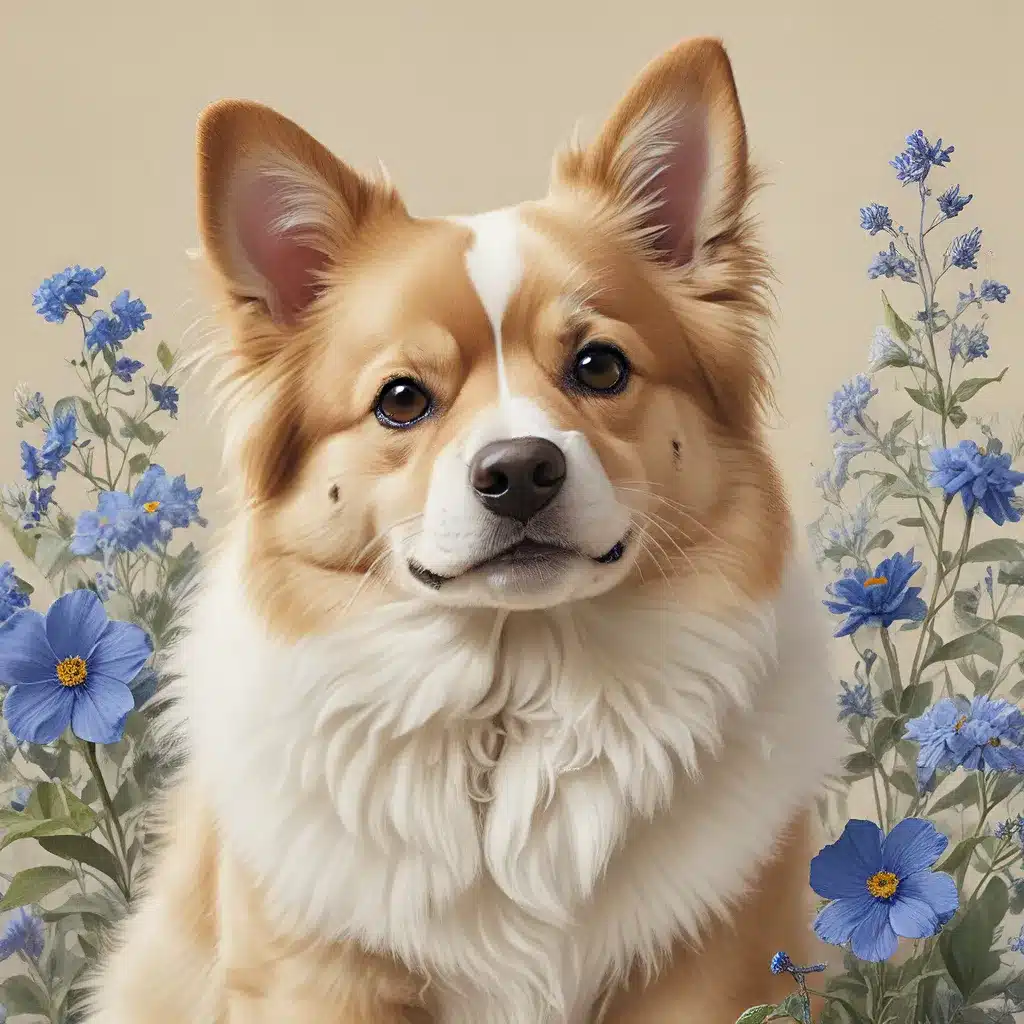
Pets hold a special place in our hearts, becoming cherished members of the family. As artists, we have the unique opportunity to capture the essence of our furry, feathered, or scaly friends through the power of drawing and painting. Whether you’re a seasoned painter or a budding artist, immortalizing your beloved companion on canvas can be a deeply meaningful and rewarding experience.
Mastering the Art of Pet Portraiture
Painting a pet portrait requires a delicate balance of technical skill and emotional connection. Jana Brody, a talented artist and self-proclaimed “cat, dog, and chicken mama,” shares her insights on the joys and challenges of capturing the likeness of our four-legged friends.
“The most challenging aspect of painting a beloved pet is getting the fur color correct,” Brody explains. “I work directly from photos, and sometimes the image has lots of reflections and shadows, which makes it hard to see the true shades of fur.” Attention to detail and a keen eye for color nuances are essential when creating a realistic pet portrait.
Brody also emphasizes the importance of conveying the pet’s personality in the artwork. “You would think that the most challenging aspect of painting a pet is getting the eyes and personality, but that is not so,” she says. “To me, the challenge is getting the fur color correct.” By focusing on the subtle details that capture the essence of the animal, artists can breathe life into their portraits and create a lasting tribute to their beloved companions.
Drawing Techniques for Capturing Fur and Feathers
Mastering the art of drawing fur and feathers can be a transformative experience for any artist. Shading, blending, and paying attention to the direction of the hair or feathers are key techniques to achieve a realistic and textured representation of your pet.
One effective method is to use a combination of short, overlapping strokes to mimic the natural flow of the fur or feathers. This technique can be particularly helpful when rendering the soft, fluffy texture of a cat’s coat or the intricate patterns of a bird’s plumage.
For dogs with longer fur, consider using longer, more fluid strokes to capture the wispy, flowing nature of the hair. Experiment with different drawing media, such as pencils, charcoal, or even pastels, to find the materials that best suit your artistic style and the specific characteristics of your pet.
Capturing the Essence: Techniques for Expressive Pet Portraits
Beyond the technical aspects of rendering fur and feathers, creating an expressive pet portrait requires a deeper understanding of your subject’s personality and emotional connection. Observe your pet’s mannerisms, expressions, and the way they interact with you and their surroundings. Incorporate these elements into your artwork to infuse it with a sense of life and authenticity.
Consider experimenting with different poses and compositions to highlight the unique characteristics of your pet. A close-up portrait that focuses on the face can convey a sense of intimacy and emotional connection, while a full-body or action pose can capture the energy and dynamism of your furry friend.
Utilize the power of body language and subtle facial expressions to tell a story about your pet’s personality. A playful, mischievous look in the eyes or a relaxed, content posture can evoke a range of emotions and create a deeper connection with the viewer.
Preserving Memories: Unique Ways to Immortalize Your Pet
For many pet owners, the loss of a beloved companion can be a profoundly emotional experience. As Dr. Mavi Graves of Caring Pathways explains, there are “unconventional ways of honoring your pets body at life’s end” that can provide comfort and closure.
One unique approach is to incorporate your pet’s fur or a part of their body into a meaningful keepsake or memorial. This could include preserving a paw print, a tooth, or even a small bone to create a deeply personal and lasting remembrance.
For those with a creative flair, felting a piece of art using your pet’s fur can be a heartwarming way to honor their memory. Alternatively, having a taxidermist preserve a specific part of your pet, such as their heart-shaped spot or favorite paw, can serve as a poignant and profound memento.
Tapping into the Healing Power of Art
Whether you’re creating a vibrant, lifelike portrait or a more abstract, emotive representation of your pet, the act of drawing and painting can be a powerful tool for healing and self-expression. As you pour your heart and soul into your artwork, you may find that the process becomes a therapeutic outlet, allowing you to process grief, celebrate cherished memories, and forge a deeper connection with your beloved companion.
For those grappling with the loss of a pet, the choice to immortalize their pet through a tattoo can provide a sense of relief and closure. As one Redditor shared, “Did you feel relief and closure when you got the tat? Do you feel sad or peaceful when you notice it and it reminds you of the person you lost?” The answer is often a deeply personal one, reflecting the unique bond between the pet and their owner.
Regardless of whether you choose to capture your pet’s likeness through drawing, painting, or a more permanent memorial, the power of art to commemorate and celebrate the lives of our furry, feathered, or scaly friends is undeniable. So, grab your pencils, paints, or other creative tools, and let your imagination soar as you immortalize the unconditional love and joy your beloved pet has brought into your life.
Visit Pencil & Paint Muse to discover more inspiring stories, tutorials, and resources for artists of all skill levels.